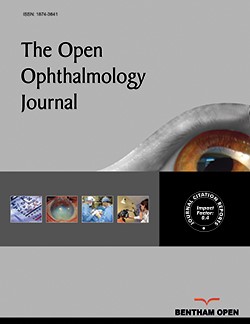All published articles of this journal are available on ScienceDirect.
Comparative Analysis of Three Surgical Approaches for Managing Convergence Insufficiency Intermittent Exotropia in Pediatric Patients
Abstract
Introduction
This study compared three surgical approaches for convergence insufficiency intermittent exotropia (CI-X[T]) in children to identify the most effective method.
Methods
Fifty-eight children aged 4–13 years with CI-X(T) and near-distance disparity ≥10 prism diopters (PD) were prospectively randomized to: (1) Bilateral Lateral Rectus Recession (BLR), (2) Unilateral Recession–Resection (RR), or (3) Medial Rectus Resection (MRR). Surgical outcomes were defined as postoperative deviation within 5 PD of esophoria/tropia and 10 PD of exophoria/tropia. Patients were followed for 24 months.
Results
At the final follow-up, cumulative success rates were similar among BLR (52.4% near, 81.0% at distance), RR (30.4% near, 43.5% at distance), and MRR (27.3% near, 50.0% at distance). Near exodeviation decreased significantly in all groups (p < 0.001). NDD correction was achieved in 59.1% of MRR, 50.0% of BLR, and 30.4% of RR patients (p = 0.142). Stereopsis improved comparably across groups. Complications included overcorrection and A/V patterns in BLR, undercorrection in RR, and persistent consecutive esotropia in MRR.
Discussion
All three surgical approaches were effective, with BLR favoring distance correction, RR showing short-term near benefits, and MRR demonstrating balanced long-term outcomes, including improvement in the AC/A ratio.
Conclusion
MRR appears to be the most reliable overall, although individual patient characteristics should guide surgical choice. Larger, long-term studies are needed.


